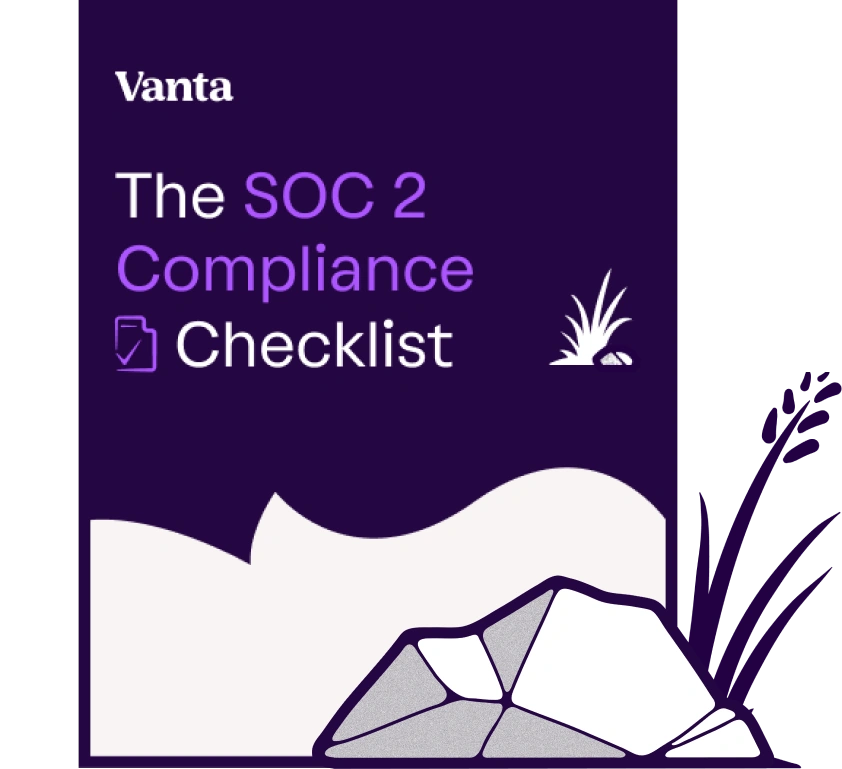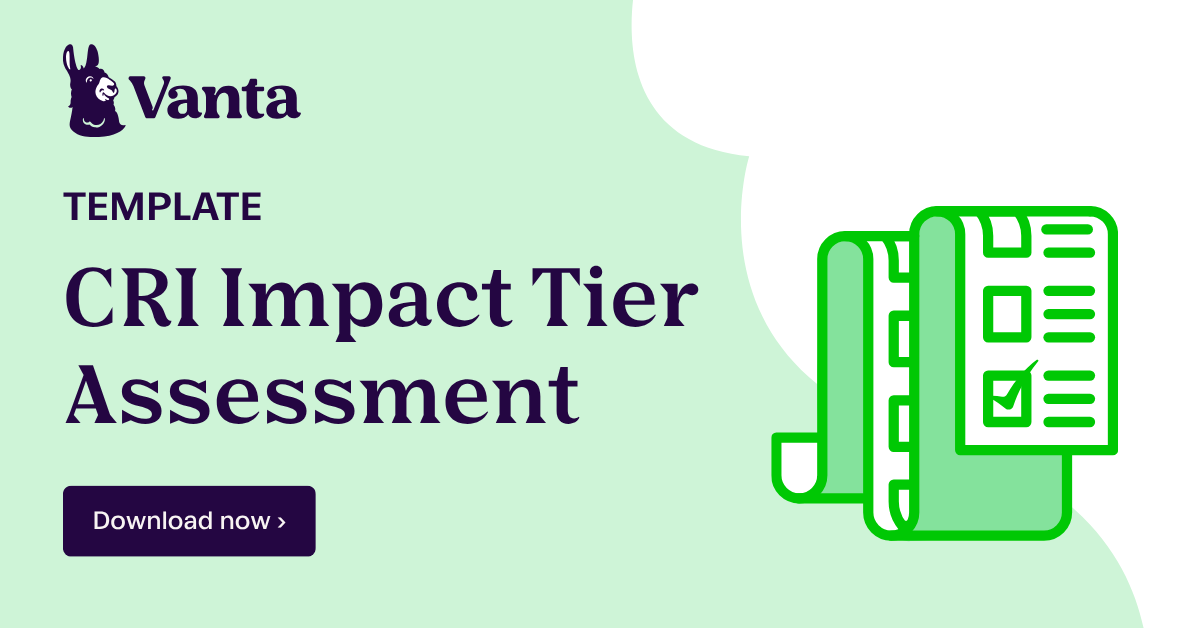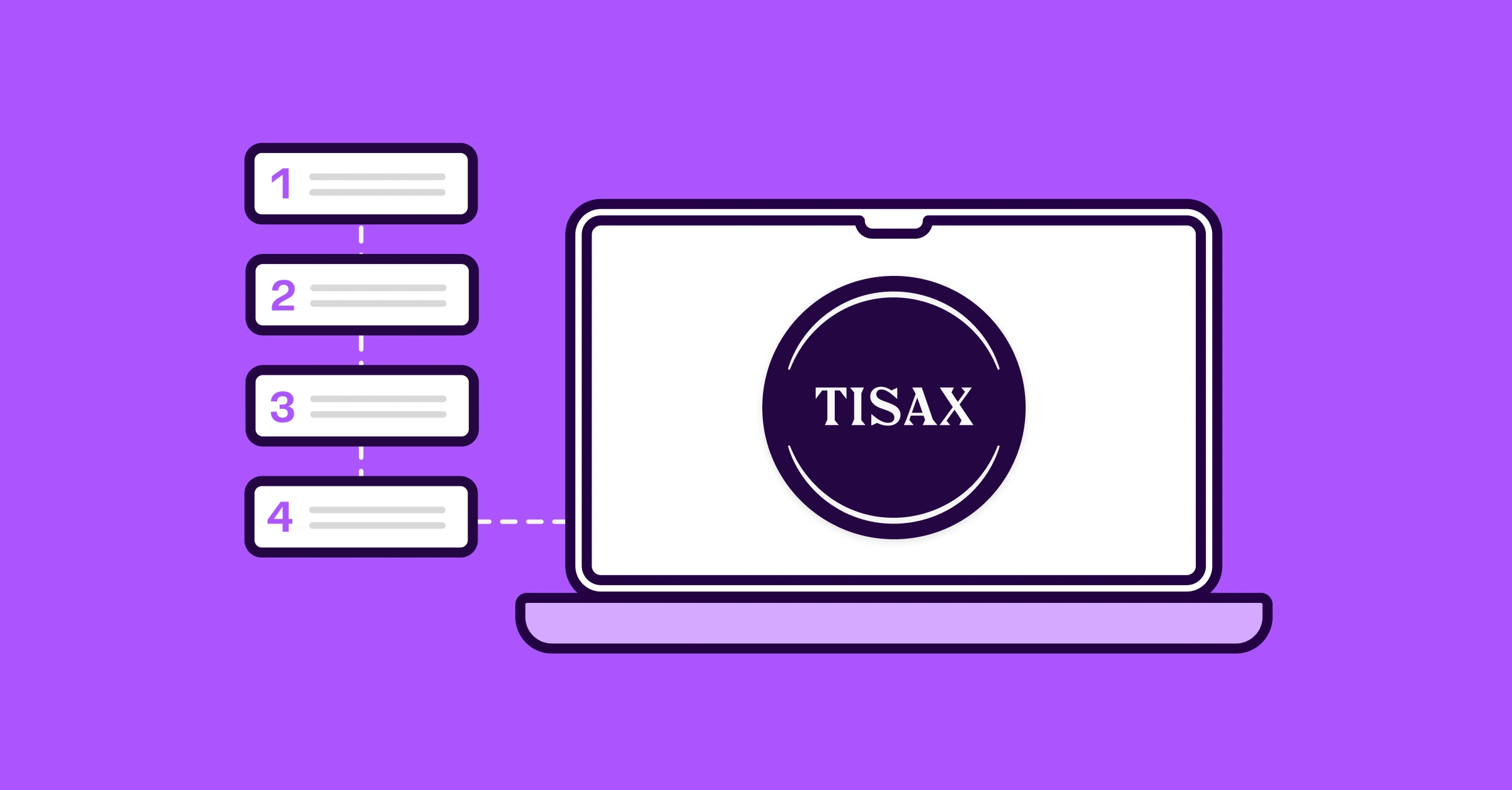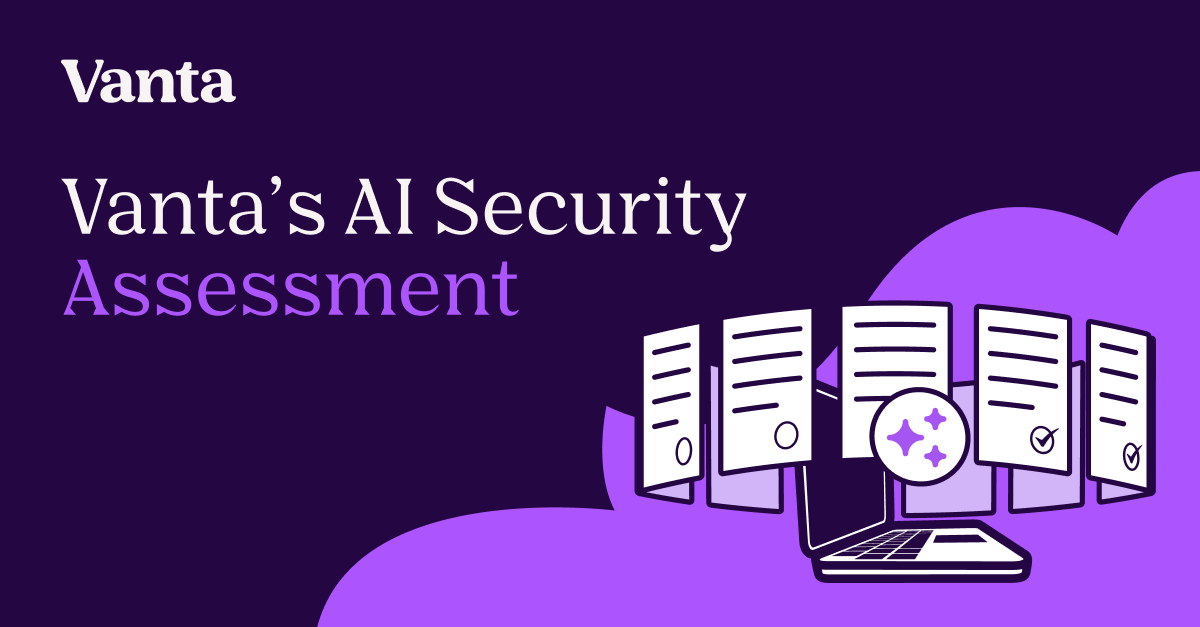Share this article

3 ways real companies complete security questionnaires faster
Accelerating security solutions for small businesses Tagore offers strategic services to small businesses. | A partnership that can scale Tagore prioritized finding a managed compliance partner with an established product, dedicated support team, and rapid release rate. | Standing out from competitors Tagore's partnership with Vanta enhances its strategic focus and deepens client value, creating differentiation in a competitive market. |
Security reviews are a critical step in the buying process where prospects assess your organization’s security posture and evaluate the risks associated with your business. The process typically occurs just before a deal is signed and sealed—when the stakes are especially high.
Anyone who’s been involved in a security review before knows all too well how time-consuming, clunky, and manual the process can be. Security questionnaires are often lengthy (industry-standard frameworks like CAIQ and SIG include hundreds of questions) and require time-consuming back and forth between prospects, sales representatives, and SMEs from your security team who hold the keys to critical security information and documents.
For security teams, this is a major strain on (already-limited) time and resources. For sales teams, communication bottlenecks prolong deal cycles. It’s clear that the current way of doing things isn’t ideal for anyone involved.
Though frustrating, security reviews aren’t going away anytime soon. New vulnerabilities are uncovered daily, third-party breaches are on the rise, and the proliferation of AI introduces new complexities—and challenges—to security. Cybersecurity concerns remain top of mind and scrutiny on security reviews is at an all-time high.
So, while it’s impossible to rid the world of cyber threats, industry leaders have found that it is possible to optimize the security review process. Here are three examples of companies who have found a better way to complete security questionnaires with Vanta.
1. SmartRecruiters uses a consolidated knowledge base to reduce redundancy
The team at SmartRecruiters noticed a trend. They received a massive volume of security questionnaires in a variety of formats, including spreadsheets, forms, and customer portals. While they all appeared unique, many questionnaires included the same set of security questions—if only worded slightly differently. The team saw an opportunity to reduce redundant, manual efforts to answer each question—and instantly update canned responses as policies changed over time.
With Vanta’s Questionnaire Automation solution, SmartRecruiters created an aggregated knowledge base of existing security documentation and answers from previous questionnaires they had completed. Now, the security team can pull from that documentation to automate responses to incoming questions with the most up-to-date information based on recent policies, responses, and security efforts. By providing customers with instant access to updated information, the SmartRecruiters team saves 20 hours a week.
{{cta_simple20="/cta-blocks"}}
2. ZoomInfo enables self service to deflect inbound questions
ZoomInfo serves over 35,000 customers—resulting in a massive volume of requests for security and compliance documentation. Inundated with security review questions, the InfoSec team had trouble keeping up with the daily demands of actually running their security program.
Searching for a way to deflect questions, ZoomInfo launched a public-facing Trust Center with Vanta. The Trust Center provides customers and prospects with direct access to security and compliance documentation—while streamlining access requests and NDA collection to relieve additional burdens and back-and-forth. With a Trust Center, prospects and customers find information on their own, and can answer about 90% of inbound questions without involving a member of the ZoomInfo team.
3. ComplyCube uses AI to accelerate response time
As ComplyCube scaled rapidly into new sectors and geographic regions, the team struggled to keep up with inbound security questionnaires. As an automation-first company, ComplyCube always looks for ways to automate complex processes.
Vanta’s Questionnaire Automation tool did just that—it offered a way to automate responses to incoming questions based on existing documents and a database of responses to previous questionnaires. With Questionnaire Automation, the team at ComplyCube relies on AI-generated answers to provide a first-draft response to all incoming questionnaires. Now, the team only has to review and approve responses—instead of drafting them from scratch.
As the team at ComplyCube said, “We tell Vanta AI to draw the answers from our knowledge base, and it creates a very good first draft. We then review and refine it. It saves us an amazing amount of time."
A faster way to complete security questionnaires
There is a better way to complete security questionnaires. Automation, AI, and public-facing Trust Centers can save valuable time and reduce manual efforts, allowing your team to focus on critical InfoSec needs.
Take a product tour to learn how Vanta’s Questionnaire Automation tool or a Vanta-powered Trust Center can help you focus on what really matters—running your security program.
{{cta_simple13="/cta-blocks"}}





FEATURED VANTA RESOURCE
The ultimate guide to scaling your compliance program
Learn how to scale, manage, and optimize alongside your business goals.




















.png)

.png)


.svg)
.svg)
.png)
.png)
.png)